Advertisement
What Jet and Ebony magazines' archives will show the public
Resume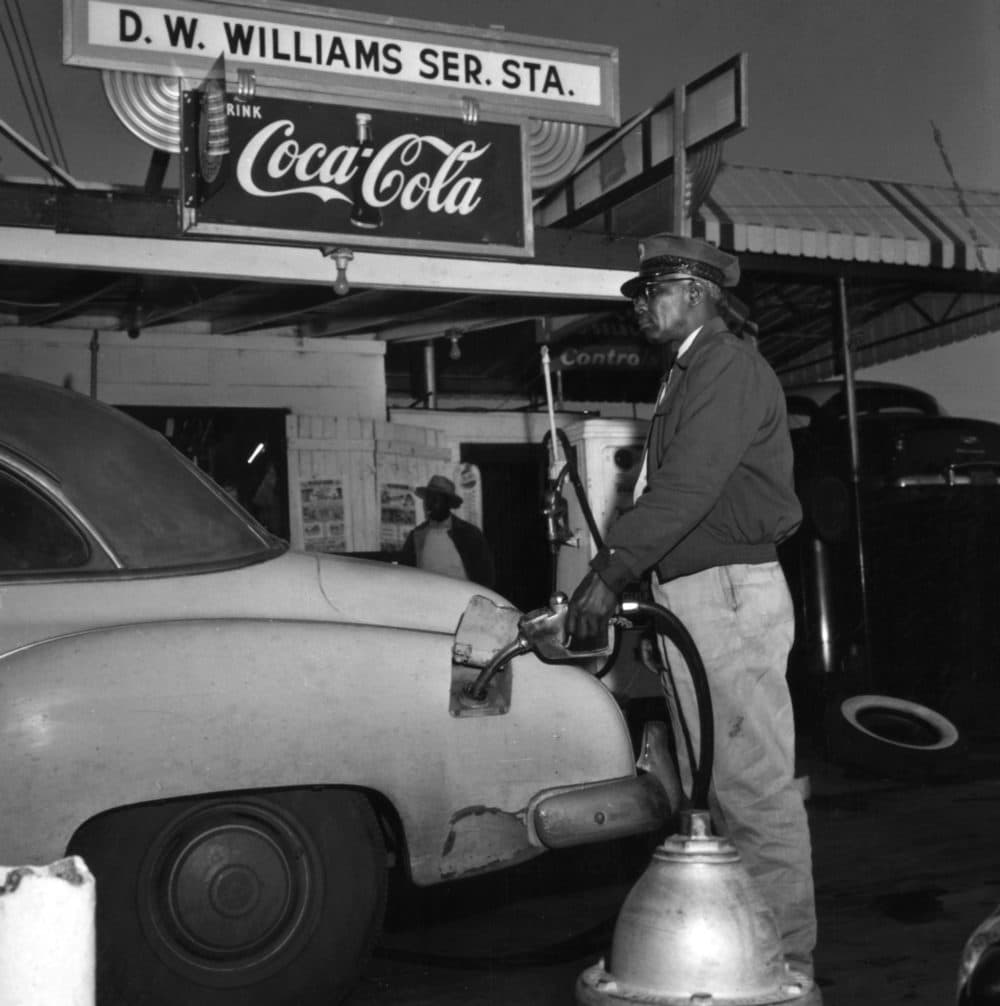
From photos of Quincy Jones in the kitchen with his children to a Pulitzer Prize-winning image of Coretta Scott King at her husband’s funeral, Jet and Ebony magazines contained iconic images of Black life.
The magazines, released by Johnson Publishing, provided a counternarrative about Black life to mainstream media that prioritized and amplified white voices and images. Now, Jet and Ebony’s archives have been donated to the Smithsonian’s National Museum of African American History and Culture (NMAAHC) and the Getty Research Institute. The public will be able to access many of the images both in the museum and online.
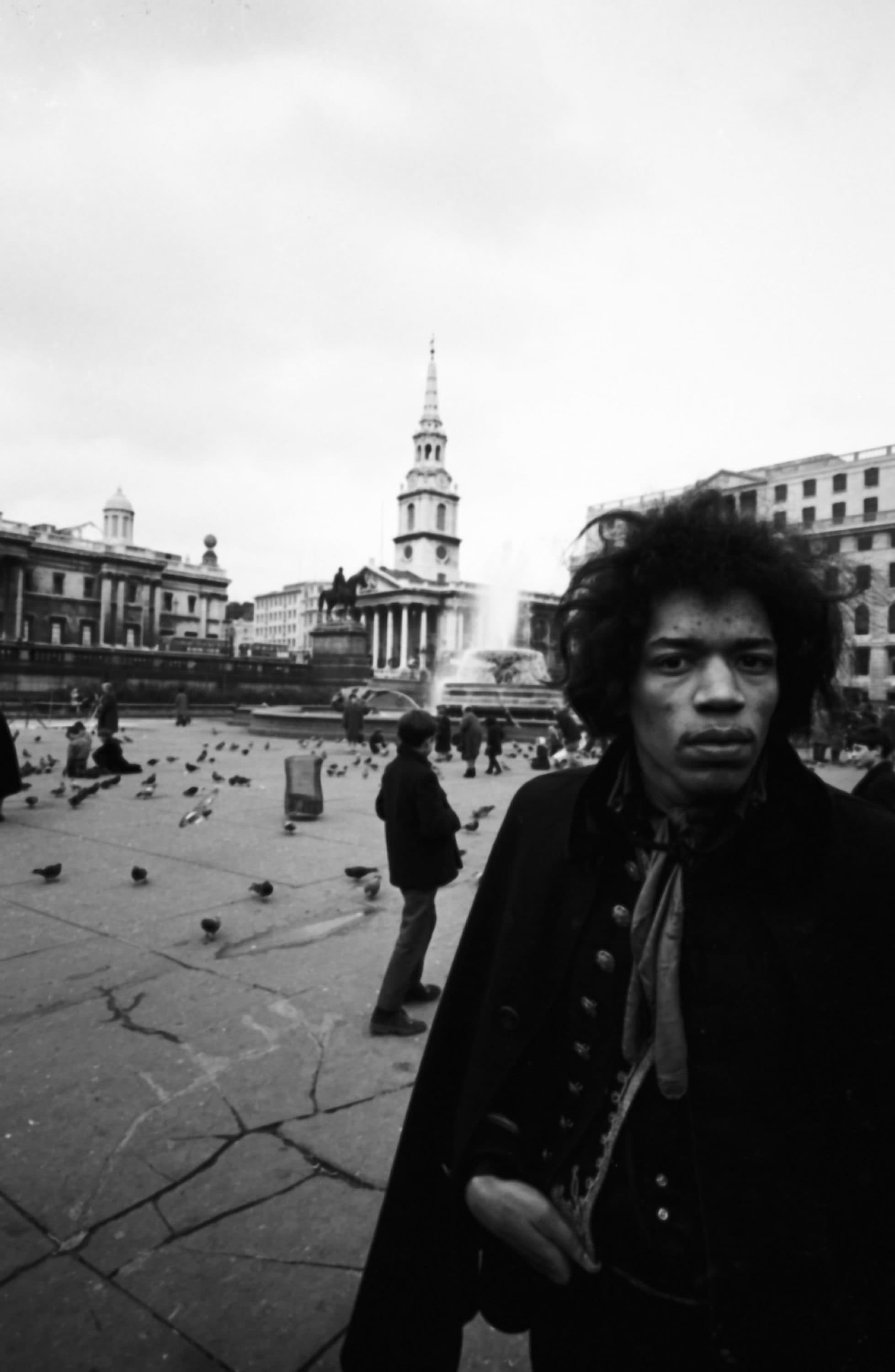
The collection resists simple description. It contains a “powerful array of pictures of everyday folks and famous people on off moments,” says NMAAHC director Kevin Young. “It's going to help people see the history of the 20th century anew.”
Writer and minister Danté Stewart also shared his memories: He owns a vintage collection of Jet magazines. Stewart’s grandfather passed away and he was hoping to uncover as much about his life and times as possible. He posted a tweet seeking issues of Jet and Ebony from the 1960s, 70s and 80s, and a woman who wanted to share her own late father’s perfectly-preserved collection came through.
Stewart says:
[The woman’s] father left behind this intricate, deep desire and care for what Black people have produced, which also lets us know that Black life and culture and artifacts hold power to change the world. But most of all, power to show us just how much we are loved. Every time I open up that Jet magazine, that Ebony magazine, every time I read the words Black people had during that moment and what was really going on, I'm reminded that I'm a part of a larger story, a larger tradition, something deeper, more lasting than the many ways this country tries to erase us and devalue us and harm us. And lastly, it shows me and reminds me that grief lets us know that things never lose their value when they are transferred to hands and hearts that believe they're still precious.
Interview highlights from NMAAHC director Kevin Young
On the legacy of Ebony and Jet, and what it means to have the collection in the museum
“I think like many people, I grew up with subscriptions in my house to Ebony and Jet or people would read it in the barbershop or the beauty salon. And having that presence was so important growing up just to see oneself in the magazine, but also to see what was happening in other parts of the world. For many people, I think it was their first trip around the world. I remember vividly Jet magazine having the ‘Who Was on TV’ [feature in the magazine]. There were few enough Black folks on TV that Jet could list them for the week. And that was kind of such a powerful moment about visibility.
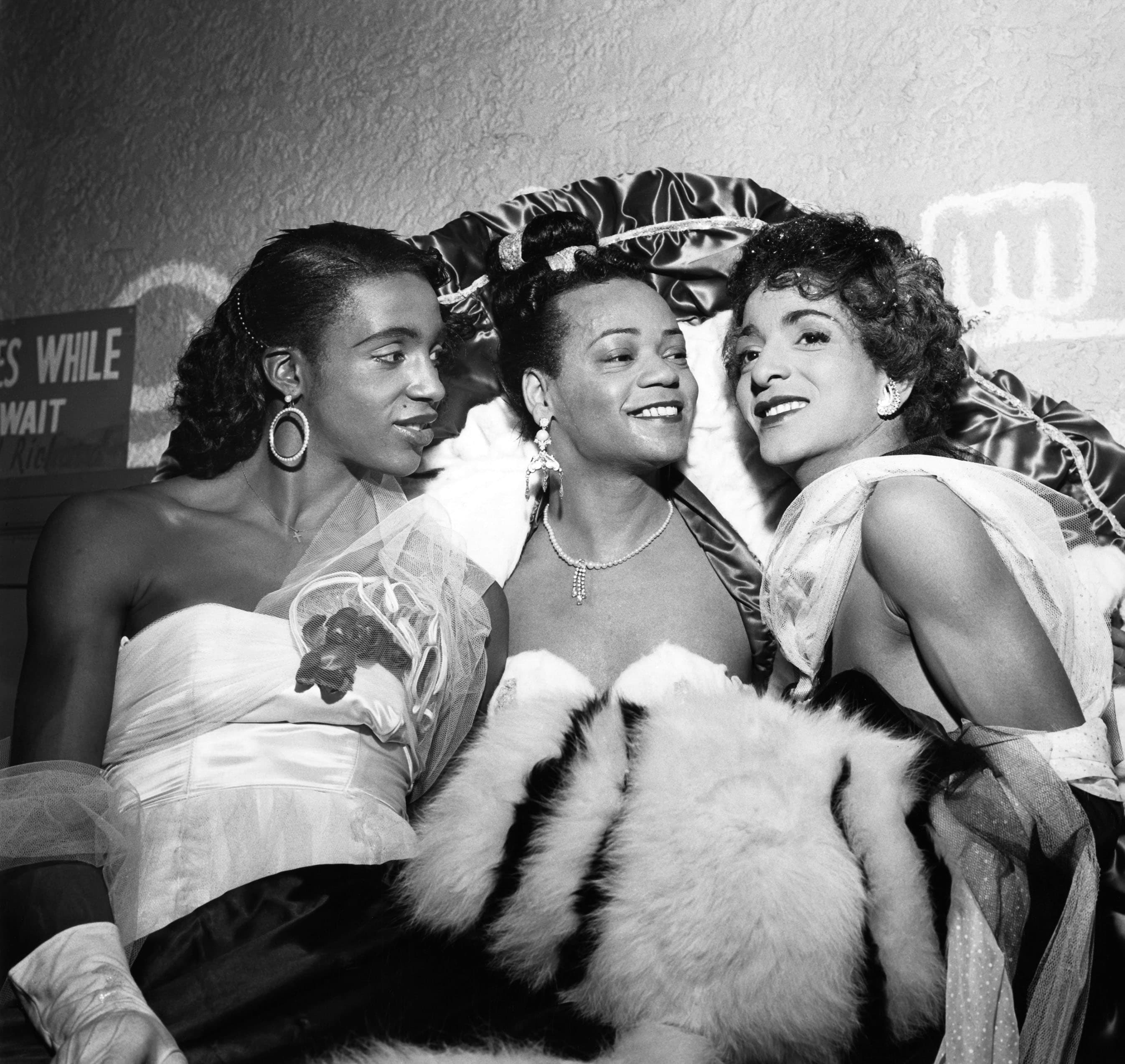
“At the same time, they had this wonderful trove of photographs which hadn't been seen. And so to see both the photos that people might know, like the Coretta Scott King photo, but also this powerful array of pictures of everyday folks and famous people on off moments. These wonderful negatives, which amount to over 4.5 million images, is really going to be tremendous. And I think it's going to help people see the history of the 20th century anew.”
On the process of digitizing such a massive archive
“Luckily, the Getty and the Smithsonian, through the National Museum of African-American History and Culture, have already been engaged in digitizing and processing the collection. We're hoping to have the first tranche of that available next year. I think that's one of the key things and one of the reasons the consortium came together to get the collection in the first place was to make it publicly available and not have these things off away from the public.
“And our mission is to make them available for people to see and to see themselves and see each other and to see the ways that Black life was documented since the start of Ebony and Jet magazine.”
On the value of the news photographs contained in the collection, including the open casket photos of Emmett Till’s funeral
“Mamie Till-Mobley insisted on an open casket for her son in Chicago as testimony, as a witness. And by Jet publishing those photos, it was really transformative. People couldn't deny the horror of lynching and the horror that fell to Emmett Till, that was committed against him. I think you see how his murder in 1955 really influences the civil rights movement.
“We have in the museum already Emmett Till's casket. Mamie Till-Mobley entrusted us with that, which we restored and now is one of the sacred spaces in the museum. You can't take pictures. You can only go in there and just pay your respects. But also you feel the weight of history in that room. I've been with members of Congress, with family members of the Till family in there. It's just such a powerful place. It really resonates.
“That resonance comes from Mamie Till-Mobley's bravery, but also comes from the fact that Jet magazine published those pictures unadulterated and showed you the horrors. And I think that's such a powerful aspect of witnessing. That's what these photographsdo. They witness everyday life, they witnessed the extraordinary and they witness this bravery of telling the truth, the unvarnished truth, which is really important, now more than ever.”
On the history of magazine creation
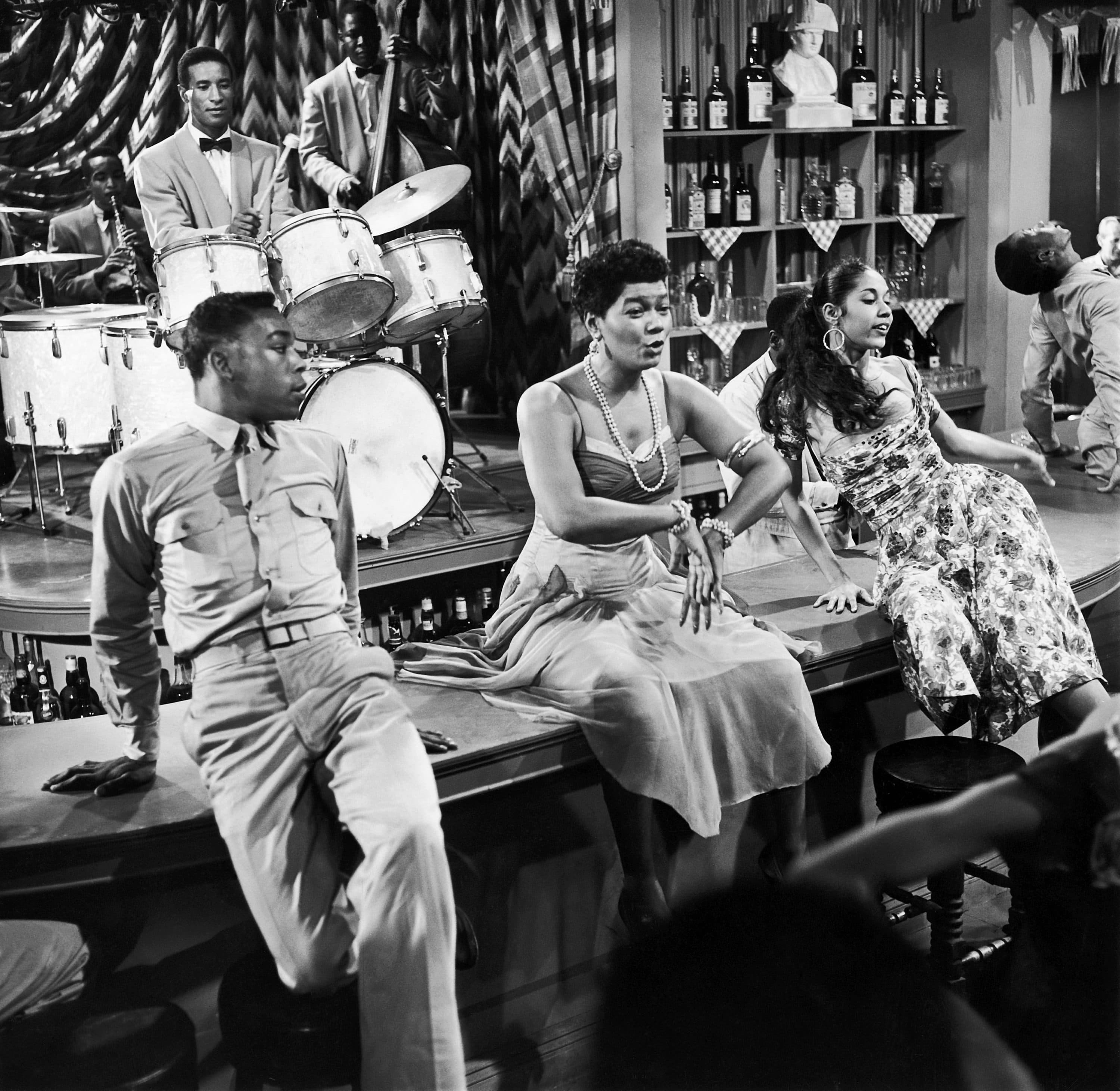
“What's really remarkable is the everydayness of what it takes to put together a magazine. You'll also get to see the negatives as well as the prints. You get to see the process of putting together the magazine; It's a working collection in some ways.
“I think that's really going to be powerful to see the way someone like Moneta Sleet Jr., his staff photography and his winning the Pulitzer for Coretta Scott King. A photo is really powerful. But also it is that everyday thing: Everyday life in Philadelphia or Chicago or the rural South, where my family is from. You get to see that glamour, but also the other side.”
On ways to see the collection
“The collection will be coming to the Smithsonian, so it'll be housed here. When it's finished processing, if people want to see it up close, they can come to visit us. But we are working on the online digital interactive qualities right now. That'll be a shared portal between the Getty and the museum.
“It's going to take some time to get it all processed. But we're hoping to get the first bunch, some almost 90,000 images next year. Luckily, we've done this before.”
On how the collection pushes back against a historical record that has prioritized whiteness
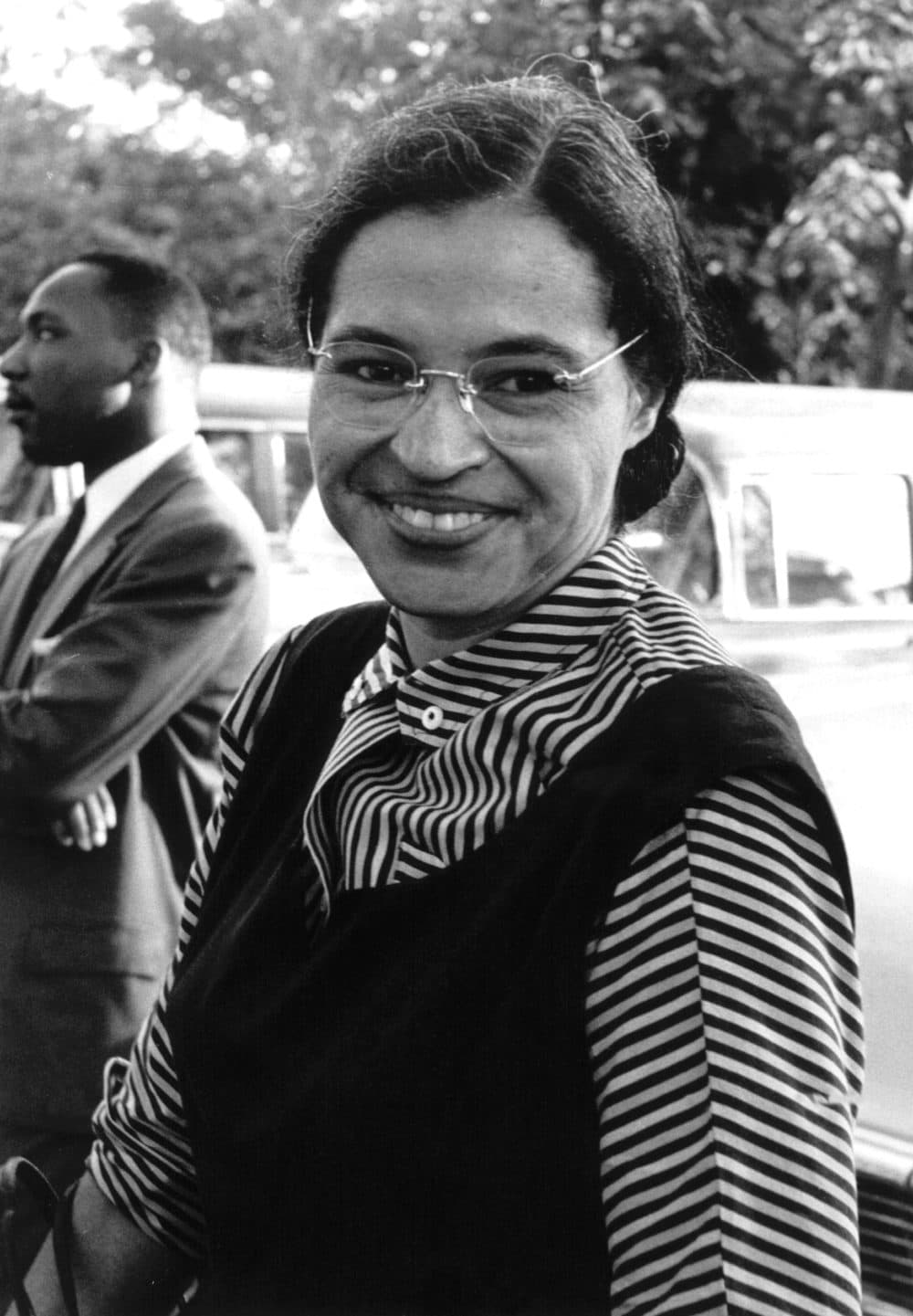
“You don't always get to see that ‘behind the scenes' of people we think of as so famous and who have changed culture. But, reminding us of their humanity is one of the things that I think Ebony and Jet do well, and this archive is going to continue to do that. It's more like the intimate moments, I think, as well as the public moments.
“Because of the kind of unique access that Ebony had, I think you're going to see a lot of that. I recall seeing a picture of Debbie Allen and Phylicia Rashad, those great sisters dancing on the stairs. I'm not sure what public stairs they are, but to see that and to see that Black joy represented is really going to be powerful. People are going to turn to that and remind themselves of what we already know, but sometimes we forget. Or sometimes the public record doesn't always maintain.
“I think the undeniable quality and the diversity and the breadth and depth of Black life is what the Ebony and Jet archive represents.”
Gabrielle Healy produced and edited this interview for broadcast with Todd Mundt. Healy also adapted it for the web.
This segment aired on August 8, 2022.

